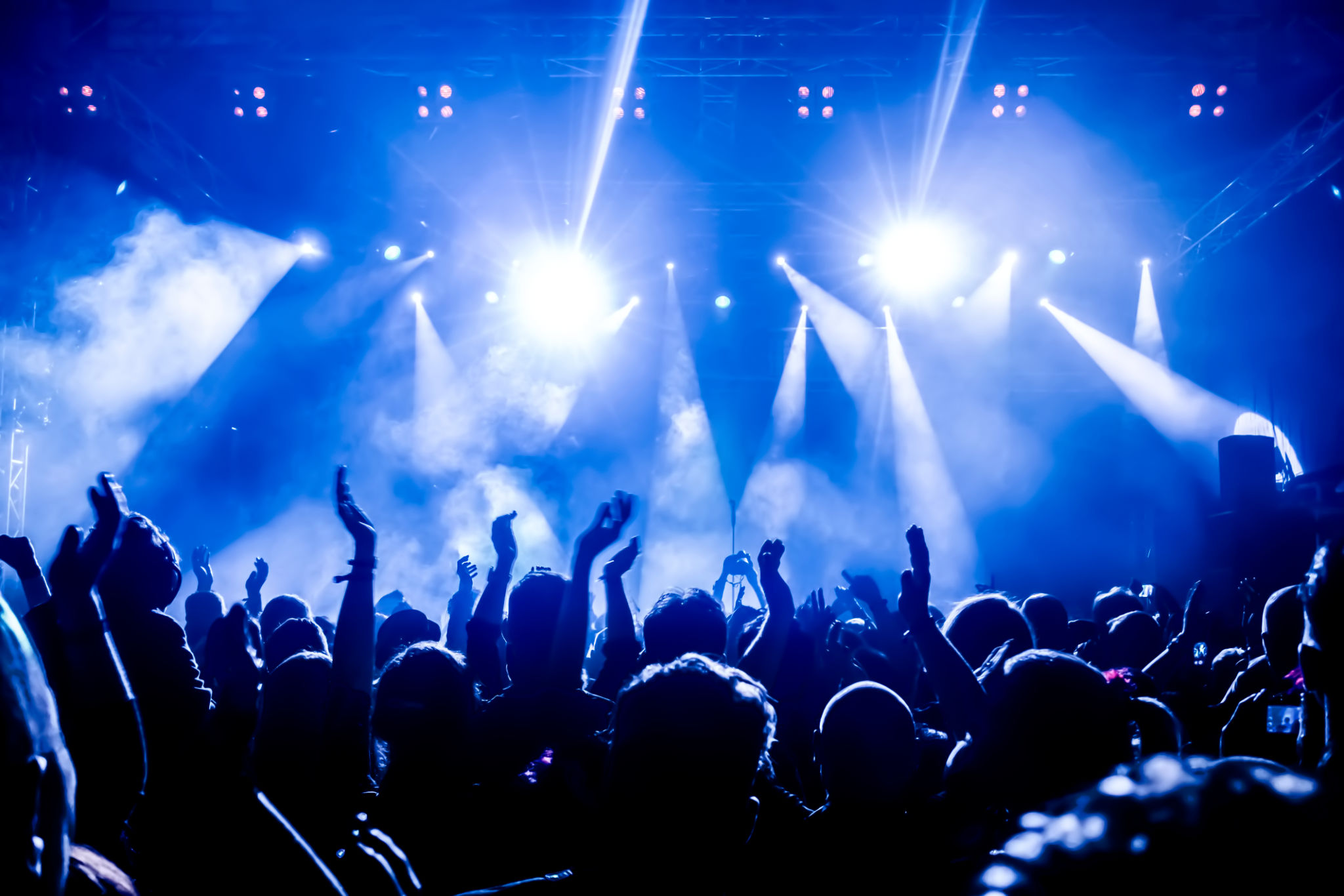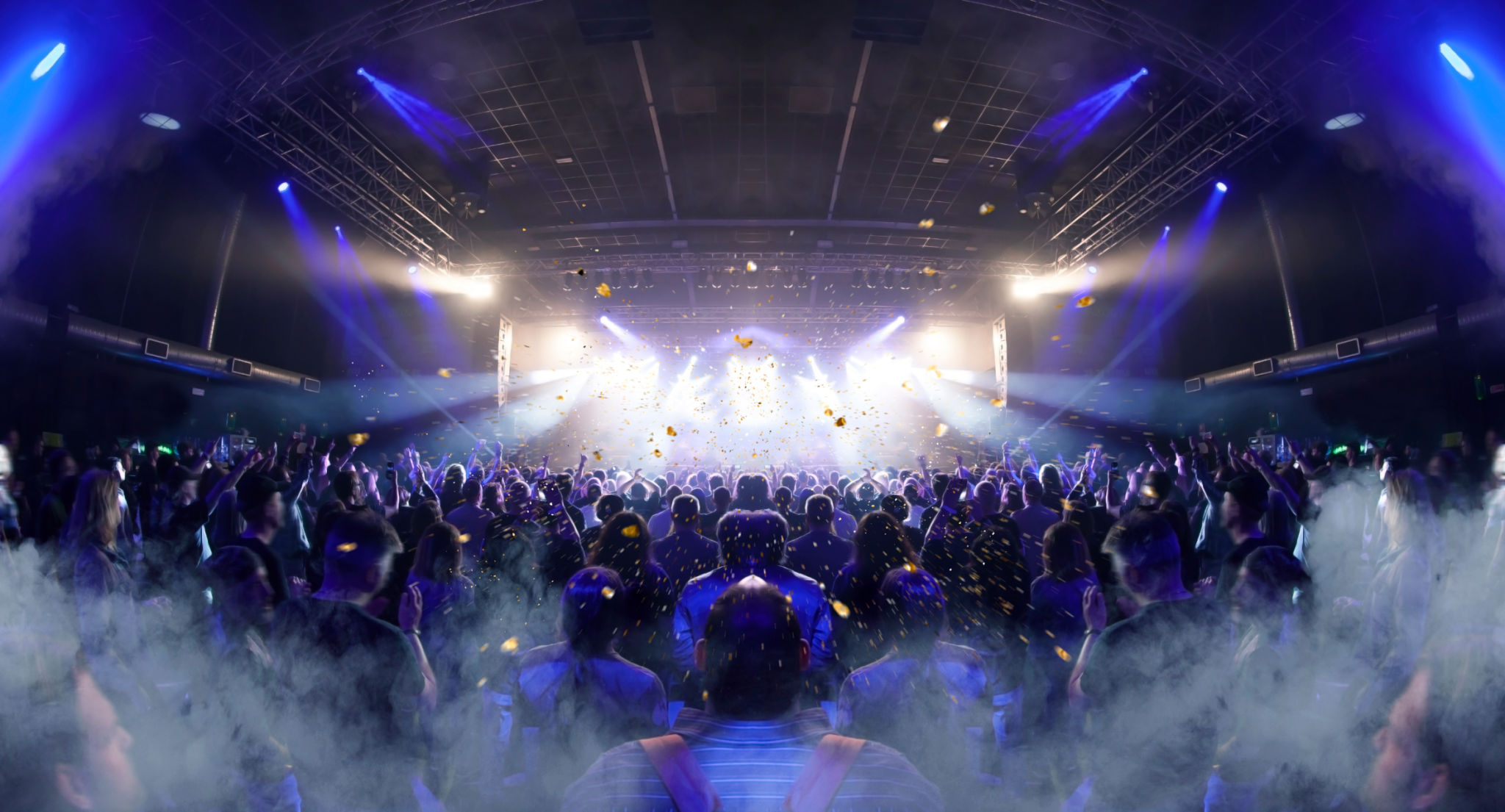The Role of Visuals in Enhancing Electronic Music Shows
The Power of Visuals in Electronic Music Shows
Electronic music shows have become immersive experiences that captivate audiences not only through sound but also through stunning visual displays. These visuals, whether through lighting, projections, or LED screens, play a crucial role in enhancing the overall experience of electronic music performances. They transform a simple musical event into a multi-sensory spectacle.
Visuals in electronic music shows are designed to synchronize with the music, creating a cohesive and engaging experience. This synchronization can amplify the emotional impact of the music, drawing audiences deeper into the performance. The interplay between visuals and sound makes each show unique and memorable.

The Evolution of Visual Technology
The evolution of technology has significantly influenced the role of visuals in electronic music shows. Initially, simple light shows were used to accompany performances. However, with advancements in technology, these have evolved into sophisticated visual productions that include 3D projections, holograms, and interactive elements.
LED screens and projection mapping have become particularly popular, allowing artists to project dynamic visuals that change in real-time with the music. These technologies enable artists to create complex narratives and themes throughout their performances, adding depth to the live experience.

Creating an Immersive Experience
An essential aspect of using visuals in electronic music shows is the creation of an immersive environment. This is achieved by using visuals that are not just confined to the stage but extend throughout the venue. Surrounding the audience with synchronized lights and visuals can make them feel like an integral part of the show.
Furthermore, interactive visuals can engage the audience directly, often responding to their movements or sounds. This interaction fosters a deeper connection between the performer and the audience, making each performance a unique collective experience.

The Role of Visual Artists
The role of visual artists in electronic music shows is becoming increasingly important. These professionals work closely with musicians to design and implement visual elements that complement the music. Their creative input helps in crafting a narrative that aligns with the artist's vision and enhances the audience's experience.
Visual artists often use cutting-edge software and equipment to create their displays. The collaboration between musicians and visual artists results in shows that are not only about music but also about storytelling through light and imagery.
Conclusion
As electronic music continues to evolve, so too will the role of visuals in enhancing these performances. They have become an indispensable part of the live music experience, transforming concerts into unforgettable spectacles. With ongoing technological advancements, the possibilities for visual artistry in electronic music shows are endless, promising even more innovative and captivating experiences for audiences worldwide.
